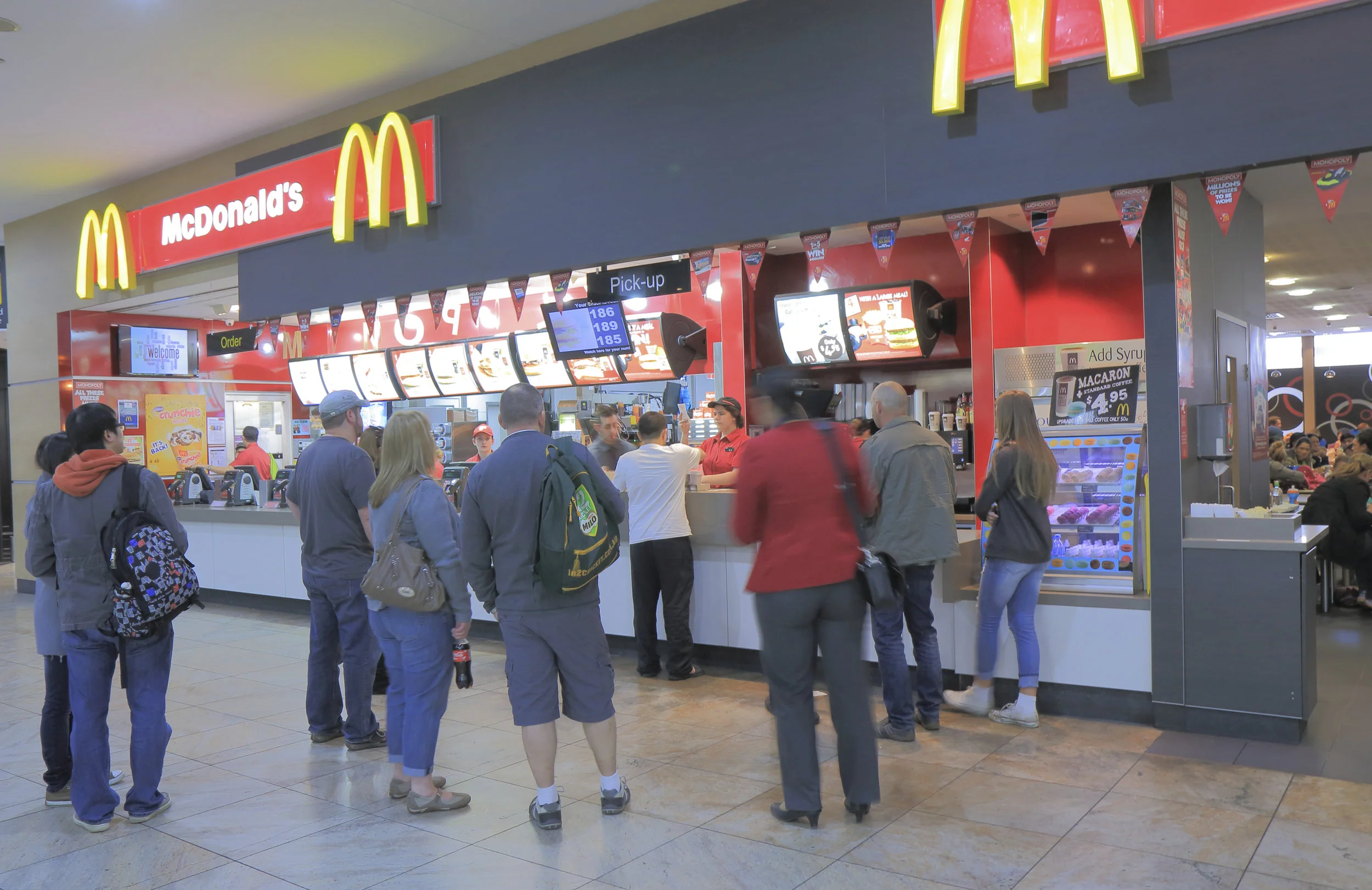Culinary Career Exploration
Becoming a culinary professional requires determination and effort because the hours are long, starting pay is low, and the work is physically demanding. However, if you like cooking at home, have a natural curiosity about food, and enjoy cooking for others, you may be the right candidate for a career in the culinary arts.
The journey from a novice cook to a professional chef follows different routes for different people. Chefs achieve their status through work experience and often through formal training at a culinary school. On the other hand, some cooks will do traditional apprenticeships in restaurants or hotels while being tutored by a chef-mentor.
Getting Started
Chefs agree that working in the foodservice field is necessary before considering culinary school because it provides a realistic view of the working hours and conditions. In addition, culinary schools are a way to jump-start your career. Still, they do not replace the practical hands-on experience needed to gain organizational and technical skills and the speed and efficiency required to make you a productive team member in a professional kitchen.
Breaking into the culinary arts field often starts with jobs including dishwashing, kitchen cleaning, and basic food prep. What is most important when starting a career in the culinary field is your ability to adapt to a fast-paced environment and your willingness to do whatever is needed in the kitchen. Over time, as you adapt to the kitchen and learn basic food prep techniques, you will move up the career ladder to more complex tasks and responsibilities, including working a station such as the grill or pantry, developing menu items, or supervising other kitchen staff.
One way to break into the industry without any prior experience is to offer to work for free, known as a stag (French for stagiaire), so that the chef can see if you have the passion and desirable skills needed to work in the field. It also allows you to decide if you like the workplace and the people that work there.
About the Industry
The foodservice industry is the largest retail employment segment in the world. In the United States, sales of food and beverages are over $700 billion and over $1.2 trillion when combined with retail food supermarkets. Many different areas of foodservice focus on the diverse needs of customers. Here is an overview of some of these segments.
Quick Service Restaurants (QSR)
Fast food restaurants are quick service operations that provide a limited menu of convenience foods requiring minimal cooking expertise. McDonald’s, Subway, Kentucky Fried Chicken, and Taco Bell are some of the well-known fast-food restaurants, but there are many smaller regional and independently-owned fast food restaurants too. With early to late hours, 7 days a week, work schedules are dependent on the peak times and days of the week.
Full-Service Restaurants
Full-service restaurants include casual to formal restaurants that often, but not always, prepare foods from scratch. These operations offer every style of foodservice from simple home-style cooking to sophisticated multi-course meals with elaborate table service. Many aspiring chefs choose these types of operations because they are more challenging and provide an outlet for expressing creativity in the kitchen. Hours of service in full-service restaurants are early to late depending on whether they serve breakfast, lunch, or dinner. Most are open 6 or 7 days and week and many are open on holidays.
Business and Industry
Corporate and employee dining, known as Business and Industry (B&I), includes different styles of service from fast food operations to sit-down restaurants with wait staff service. These facilities are established by employers to provide convenient service for employees at a reasonable price. Menus are often developed on a cyclical basis and repeated every few weeks so that there is sufficient variety for regular customers that may frequent it several times a week. Food preparation may be anything from convenience food to scratch cooking. Work schedules in these operations tend to be daytime hours Monday to Friday so if you are looking for a job with regular hours and nights and weekends off, this may be the area of foodservice for you.
Healthcare
Healthcare foodservice operations include hospitals, adult daycare, and elder care facilities such as retirement homes, that require specialized diets for a diverse group of customers. These facilities may be self-operated or run by a foodservice management company. The style of service can be in-room service in hospital settings or sit-down restaurants in retirement homes. Menus are developed according to dietetic standards using a 3-4-week cycle and then repeated to provide sufficient variety to patients, employees, and guests. Food preparation is dependent on the size and mission of the operation with some units using convenience foods while more recent trends prepare local foods from scratch. Healthcare operations serve three meals a day, 2 or even 3 shifts per day, and are operational 365 days a year. They often include employee dining options and retail outlets for patients, residents, and visitors.
Correctional Facilities
Correctional facilities serve cycle menus on a limited budget to a captive audience. These operations serve three meals and day, seven days a week. Menu planning is overseen by a registered dietician and prepared using established nutritional standards. Prison food service departments provide modified diets for special dietary needs such as kosher or vegetarian and provide therapeutic diets as prescribed by health care staff. The cooking style includes convenience foods and basic scratch cooking. Because these facilities operate year-round work hours are morning to late and include weekends and holidays.
Private Clubs
Private clubs including country clubs and city clubs offer sit-down full-service restaurants to a built-in membership base of customers. They usually feature casual and formal dining facilities and host special functions including holiday buffets and weddings. Clubs may offer early morning breakfasts for golfers, simple grill cooking poolside, catered lunch meetings, and evening dining hours. The hours are early to late, six or seven days a week. Some country clubs in cold climates close during the winter months.
Food Trucks
Food trucks are mobile food venues that have the flexibility to travel to different locations based on customer demand. The food may be convenience items including hot dogs and fries, or more diverse ethnic cuisines including Asian, Mexican, or American Barbecue prepared from scratch. Food is usually prepped in a separate kitchen and brought onto the truck to be finished on site. The hours vary depending on the type of food being offered whether it is breakfast, lunch, dinner, or late-night snacks.
Catering
Caterers businesses include onsite banquet facilities or off-premise providers of foodservice for special functions including weddings, bar mitzvahs, or corporate events. Caterers offer a diverse range of services from drop-off deliveries to full-service events that include not only the food and drinks, but the decorations, tables, chairs, music, and lighting. Catering hours vary depending on the event but often include nights and weekends.
Bakeries and Patisseries
Bakeries and patisseries are small single-store operations to large wholesale production facilities that serve supermarkets and other retail operations. Baker’s hours vary but often start at midnight or early mornings. Baker’s work duties usually focus on yeast-leavened bread and more basic cakes, cookies, pies, and quick bread, while pastry chefs produce a variety of pastries, tortes, and specialty items. Pastry chefs are employed in restaurants, hotels, and catering operations, as well as pastry shops.
Education
Schools, colleges, and universities provide diverse dining options for students, employees, and visiting guests. They include fast food, cafeteria-style food lines, meal plan options served buffet-style, or full-service dining. Educational institutions also have catering divisions that service a wide variety of special events.
Military
Military foodservice includes military bases, combat foodservice, officer’s clubs, and cafeterias. Menus are planned and prepared to ensure nutritional variety. Some operations have a variety of dining venues from branded fast food operations that are contracted to foodservice management companies. Dining facilities offer four meals per day: breakfast, lunch, supper, and a midnight meal and some are open 24 hours per day.
Travel and Tourism Industry
This segment encompasses a broad range of foodservice including hotels and resorts, amusement parks and casinos, cruise ships, and air travel. It is estimated that over 70 million people a year in the United States seek out culinary experiences when they travel. The lodging industry includes luxury properties, all-inclusive resorts, economy hotels and motels, and bed and breakfasts that provide a variety of culinary services from simple self-serve breakfast buffets to elaborate themed restaurants. Some cater to food tourism by providing culinary demonstrations, cooking classes, and food and wine tastings. Hotel convention and meeting facilities are available to business and trade groups that require specialized catering and event planning. Theme parks offer a full array of food choices that often are paired with the entertainment features of the venue. National Park Service, operated by the U.S. Department of the Interior offers high-quality accommodations, ranging from campgrounds to hotels, as well as a wide variety of restaurants. Cruise ships can vary in size from a few hundred to thousands of passengers with multiple dining facilities incorporating global cuisines. Foodservice on cruise ships represents unique job opportunities for individuals interested in travel. Typical employment involves a 3-month commitment, 10-12 hours per day, and 7 days a week. Airline travel includes airport dining with a variety of venues from fast food to sit-down that serves foods 7 days per week and in-flight food for airlines prepared off-premise in commissary kitchens.
Entertainment Venues
Sports venues, stadiums, arenas, and concert halls provide service to customers at large events. Because foodservice is of secondary importance to the attendees, most venues are quick service although some will have full-service restaurants too. The hours of these operations are dependent on the schedule of sporting events or concerts but often fall on nights and weekends.
Photo-Stadium Food
Retail Foodservice
Retail foodservice includes supermarkets, delicatessens, and small independent operations that sell takeaway foods. These places are increasingly serving more prepared foods from soups and sandwiches to sushi and pizza. Many supermarkets like Whole Foods provide dining areas that also sell beer, wine, fresh juices, pastries, and specialty coffee drinks. The work hours vary from early morning to evening and because most are open 7 days a week including weekends and holidays.














